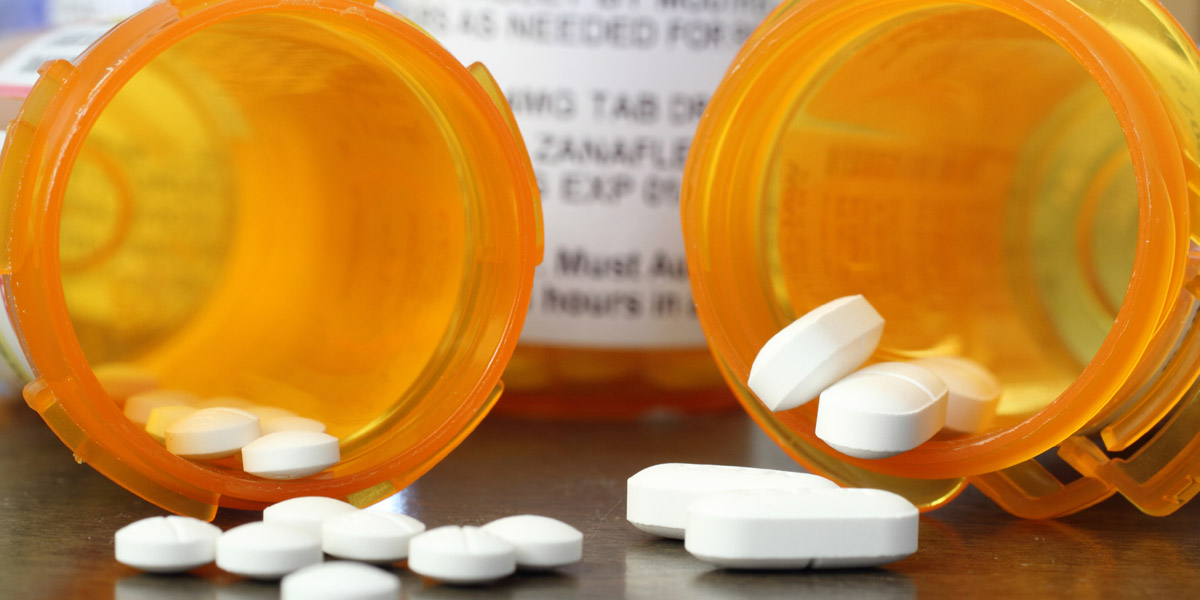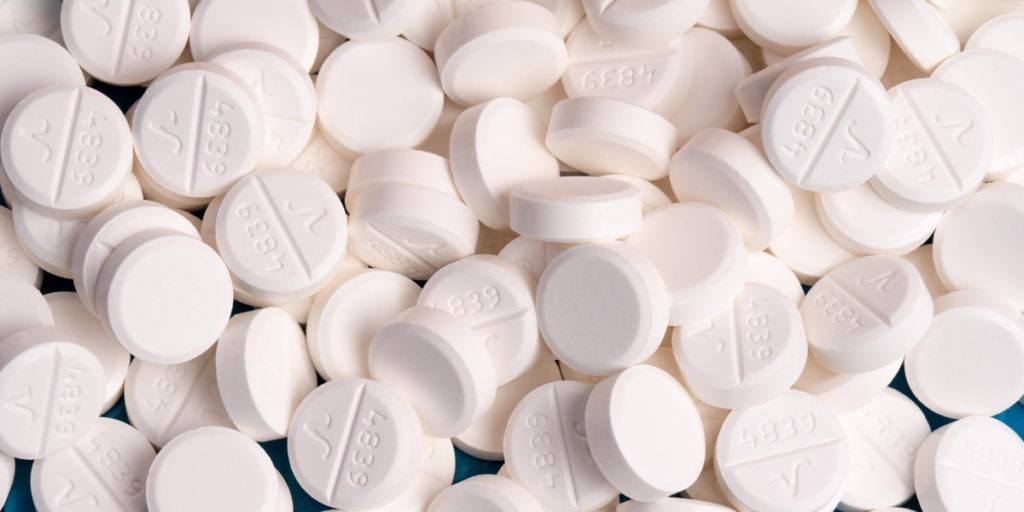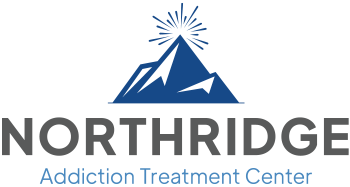Hydrocodone vs. Oxycodone: The Difference Explained

A Side-by-Side Comparison
Hydrocodone and oxycodone are doctor-prescribed pain medications. Both treat moderate to severe pain and offer relief from long-term and chronic pain caused by surgery or injury from an accident.
They are also used in treating many types of pains associated with other conditions such as a chronic cough, pancreatitis, and cancer. The two have proven to improve the quality of life for people with various types of pain.
They can both be taken on their own but are usually found mixed with another type of painkiller. For example, hydrocodone and acetaminophen, a common pain reliever, are a combination available in tablets. In comparison, oxycodone can be found together with other pain-relieving drugs, like acetaminophen, aspirin, or ibuprofen.
Both medications work for pain management by attaching themselves to the brain’s opioid receptors, blocking pain signals from being sent to the brain.
The distinctions between hydrocodone and oxycodone are minimal. The medications differ slightly in side effects and the variety of available doses and forms.
What Are Oxycodone and Hydrocodone?
Both oxycodone and hydrocodone are FDA-approved opioid pain relievers. However, they also belong to a class of drugs with high abuse potential, Schedule II drugs. In addition, like any other opioid, they are central nervous system depressants, slowing down your heart rate and breathing.

Hydrocodone Dosages and Forms
Hydrocodone is available as an oral medication as a tablet, capsule, and liquid. It is prescribed in immediate-release and extended-release formulas ranging from 2.5mg to 10mg doses.
Immediate-release hydrocodone is available in combinations of acetaminophen and ibuprofen. Hydrocodone, on its own, is only available in extended-release formulations.
Hydrocodone is also used to treat coughs and is combined in prescription cold and cough medicines containing codeine, another similar pain reliever.
Vicodin and Lortab are recognized brand names for hydrocodone. Vicodin and Lortab’s formulas are a typical combination of acetaminophen and hydrocodone.
Oxycodone Dosages and Forms
Oxycodone is prescribed in tablet, capsule, and liquid form and available in 10mg, 20mg, 40mg, or 80mg doses. Like hydrocodone, oxycodone has immediate and extended-release formulations and is available in combination with other pain relievers.
Pure oxycodone in its extended-release formula is available in a brand name called OxyContin. Another well-known brand name, Percocet, is oxycodone and acetaminophen.
Hydrocodone and Oxycodone Side Effects
The most common side effect of hydrocodone and oxycodone is constipation, although studies have shown it to be more significant with hydrocodone. However, the side effects of these medications are alike.
The most commonly experienced adverse effects of hydrocodone are nausea and constipation, while oxycodone is only likely to cause constipation. Common side effects also include:
- Headache
- Lack of energy
- Dizziness
- Vomiting
- Dry mouth
- Itching
- Drowsiness
- Sweating
- Shallow breathing
Other less common but more severe side effects include:
- Abdominal pain
- Diarrhea
- Low blood pressure
- Rashes
- Anxiety
Which One Works Best for Pain Relief?
Both oxycodone and hydrocodone are potent medications proven to be effective in treating pain.
The National Institute of Health (NIH) conducted a study with both drugs. In the study, researchers randomly gave seventy-three subjects oxycodone or hydrocodone. As a result, participants experienced equal amounts of pain relief within 30 minutes to an hour after taking either medication. Thus, both have almost exact effects in the first hour of pain treatment.
Furthermore, another study by the NIH tested twenty volunteers to receive random doses of oxycodone and acetaminophen, hydrocodone and acetaminophen, and a placebo of just acetaminophen. They found the combination of oxycodone and acetaminophen was approximately 1.5 times stronger than the hydrocodone combination.

Overdoses
Both hydrocodone and oxycodone are opioid drugs with a high risk of overdose if taken with other substances.
All opioids cause slow breathing, sometimes resulting in respiratory depression when the lungs don’t properly intake oxygen. In addition, taking hydrocodone or oxycodone with other depressants, such as alcohol, other opioids, or benzodiazepines like Xanax can make you stop breathing from the mix of drug interactions.
Another contributing factor of these medications being at a high potential for overdosing is the standard acetaminophen combination. Acetaminophen has been linked to toxic liver injuries if taken at doses of more than 4g per day, especially if taken together with other substances.
There is an FDA-approved antidote for opioid overdoses. It’s called Naloxone, an opioid antagonist, which means it blocks and reverses the effect of the opioid.
Signs and Symptoms of an Overdose
Signs and symptoms of oxycodone and hydrocodone are very similar to each other and include:
- Difficulty breathing
- Slowed heart rate
- Constricting pupils
- Cold and clammy skin
- Loss of consciousness
- Low blood pressure
If you suspect someone may be showing signs of an overdose, seek medical advice immediately.

Prescription Drug Abuse
The misuse and abuse of opioids, including hydrocodone and oxycodone, is a crisis in America. In 2019, 50,000 people in the United States died from opioid-associated overdoses.
In response to the opioid crisis, the U.S. Department of Health and Human Services (HHS) has focused its efforts on five priorities. The first priority is improving access to treatment and recovery programs and services.
Research has proven that an in-patient treatment program that offers medication assisted treatment (MAT), behavioral therapies, and addresses co-occurring disorders are the most effective ways to overcome opioid addiction.
Get Help for Opioid Addiction
The first step to getting help for you or a loved one that struggles with opioid abuse is finding the right treatment program.
At Northridge Addiction Treatment Center, our team collaborates with you to find a treatment plan specifically for you and your needs. We offer medication assisted treatment (MAT), behavioral therapies such as cognitive behavioral therapy and dialectical behavior therapy, and a dual diagnosis program to address underlying issues that may affect a successful recovery.
Give us a chance to give you the life you deserve. Contact a NATC specialist today to start your uniquely tailored treatment plan.
Find Meaningful Recovery
Our caring and compassionate specialists are eager to help you comfortably navigate this journey to recovery. Our individualized treatment plan, programs, and therapies may be a perfect match for you or your loved one. Let us assist you in living the happy life you deserve. It starts with a phone call.




